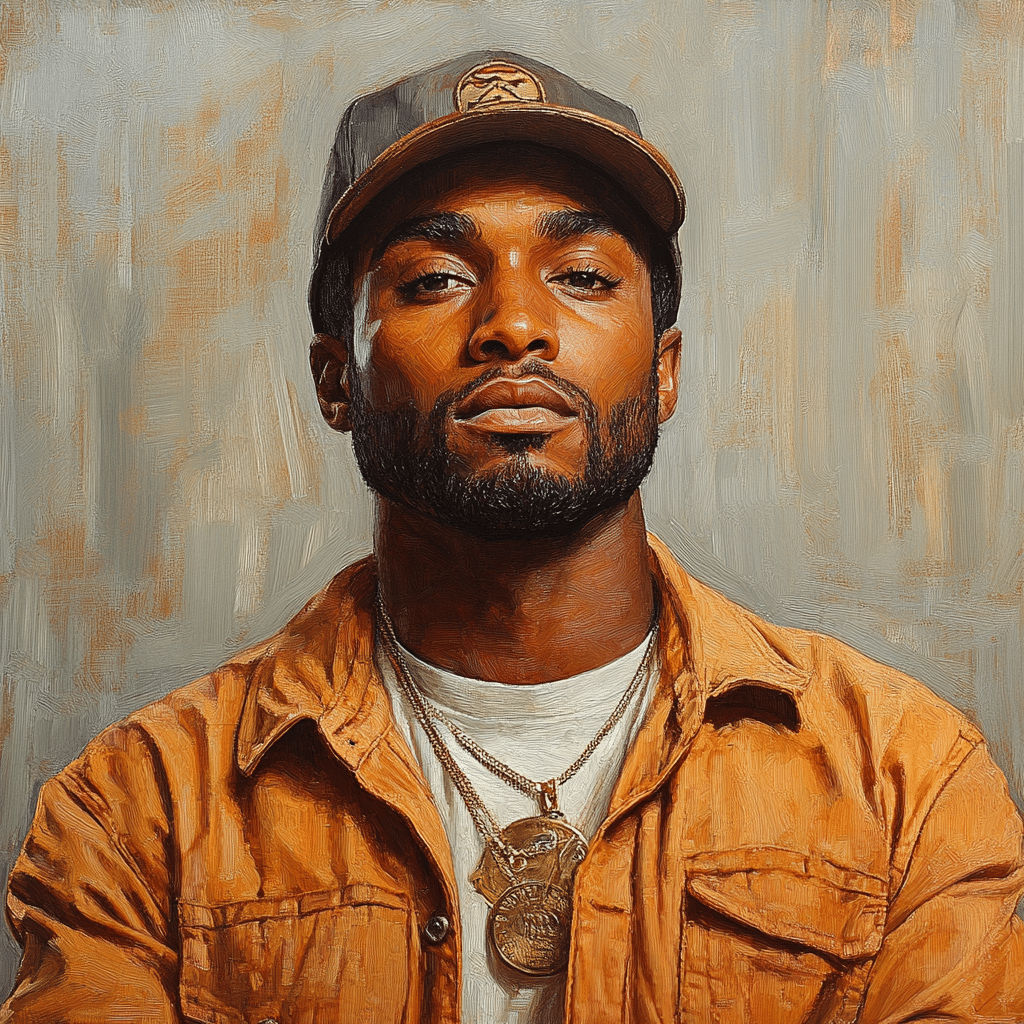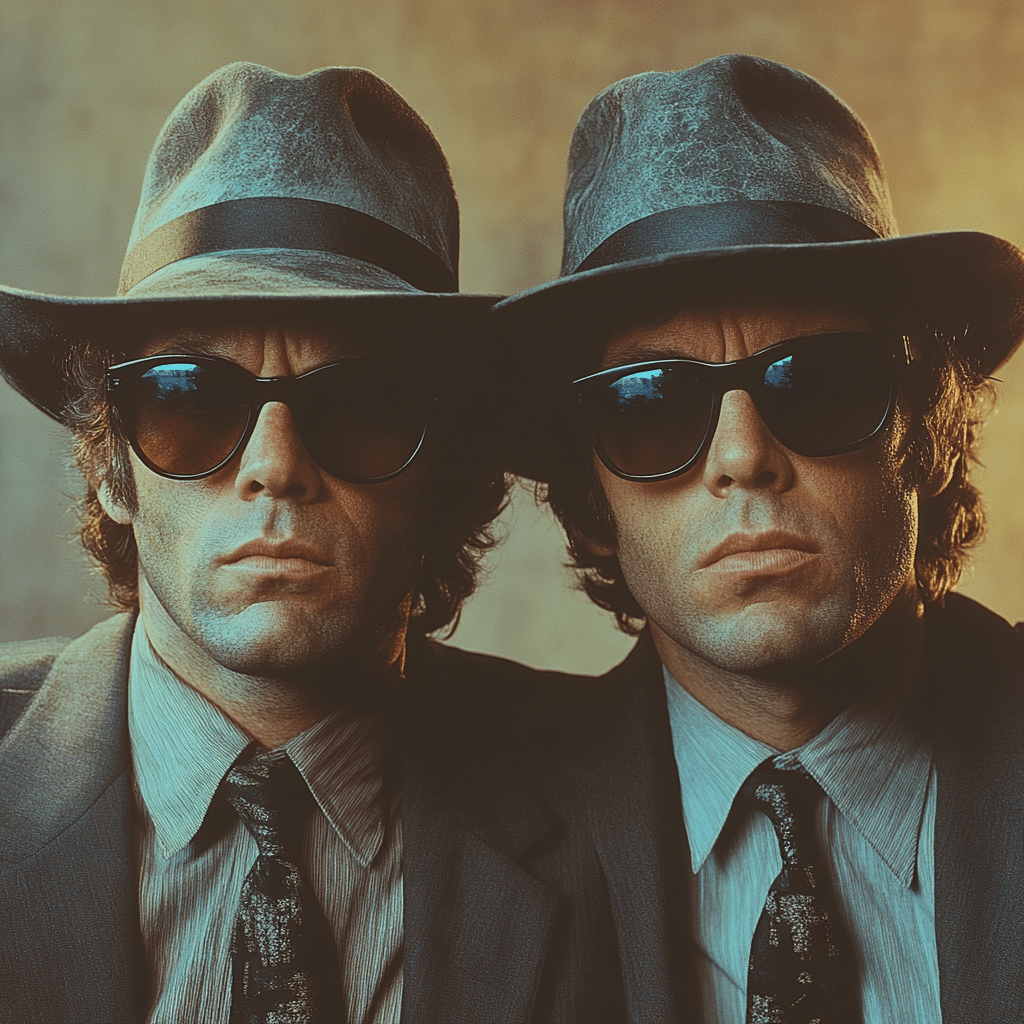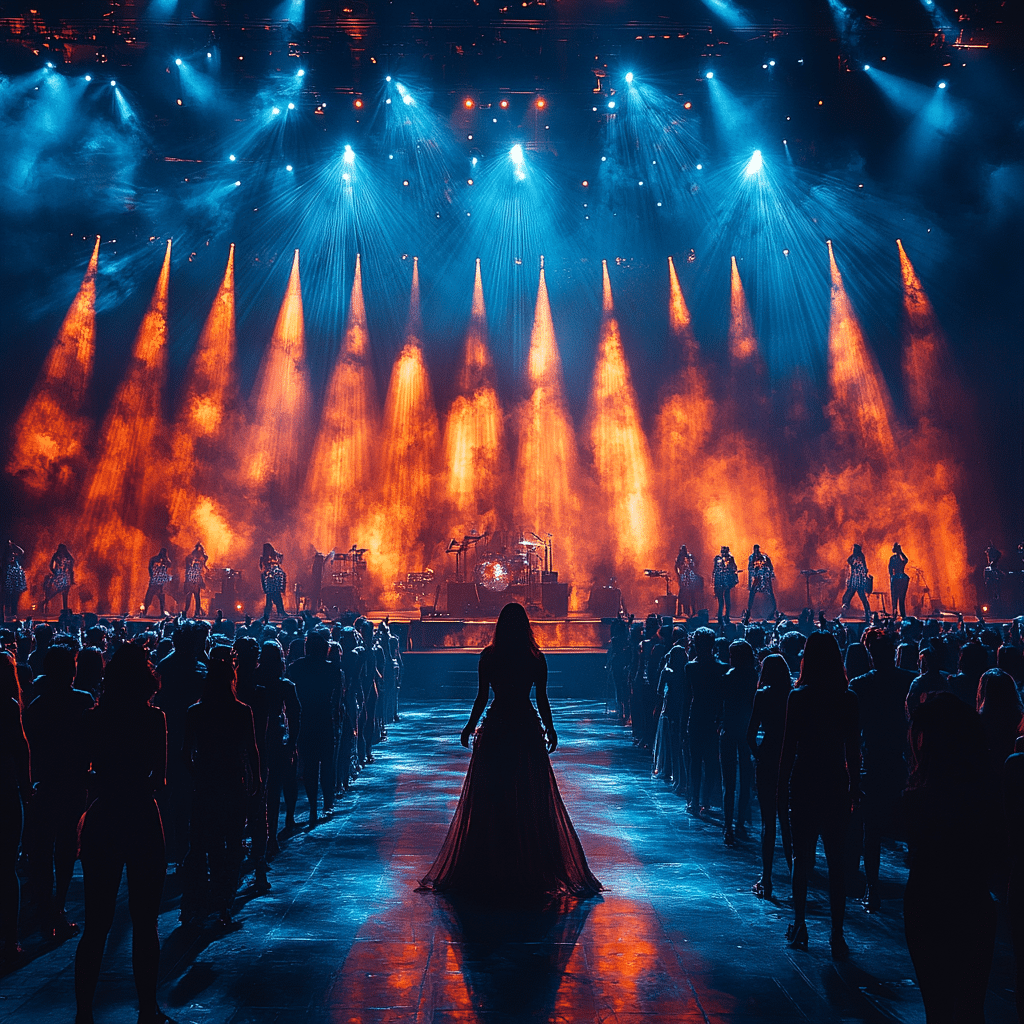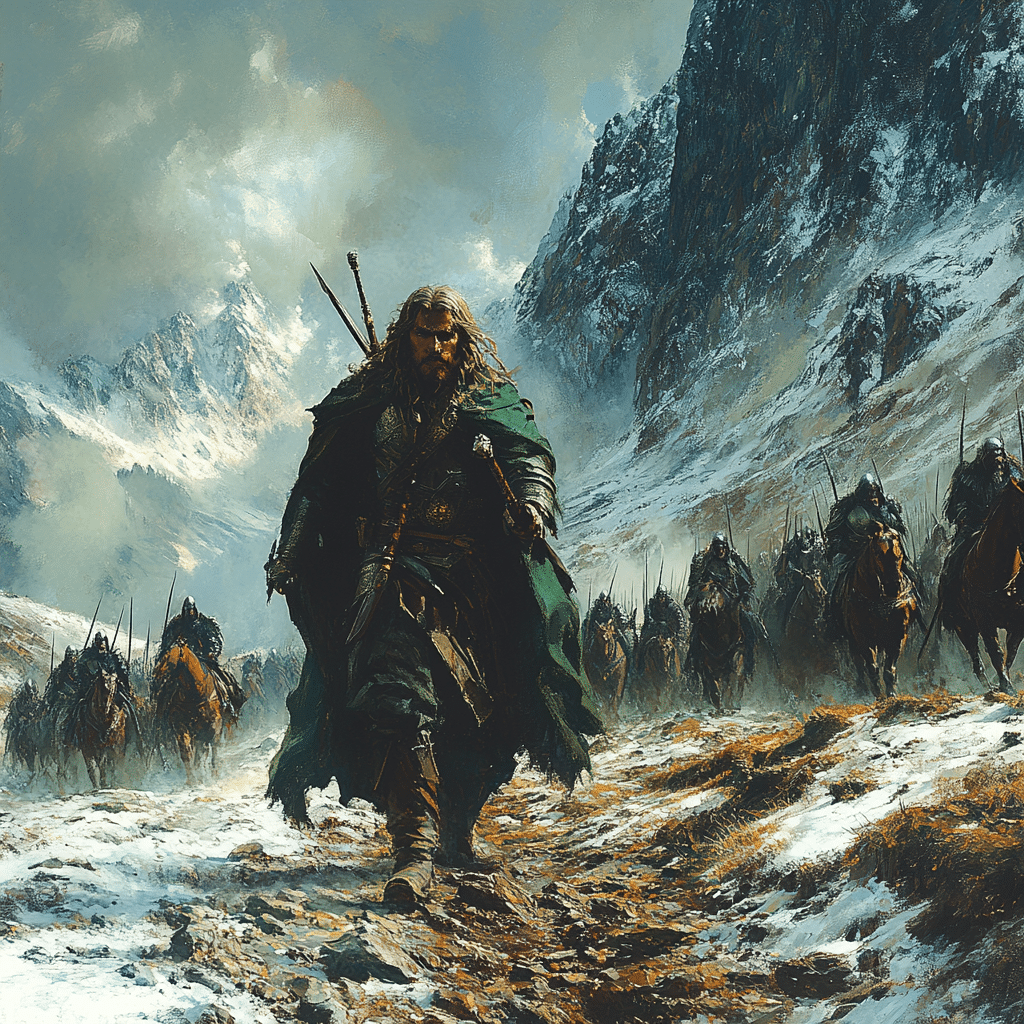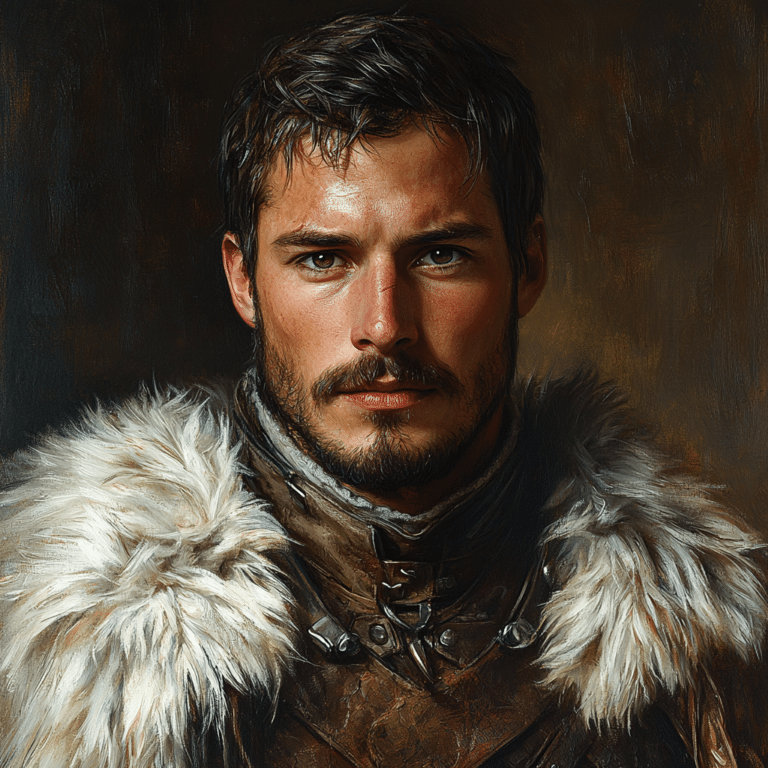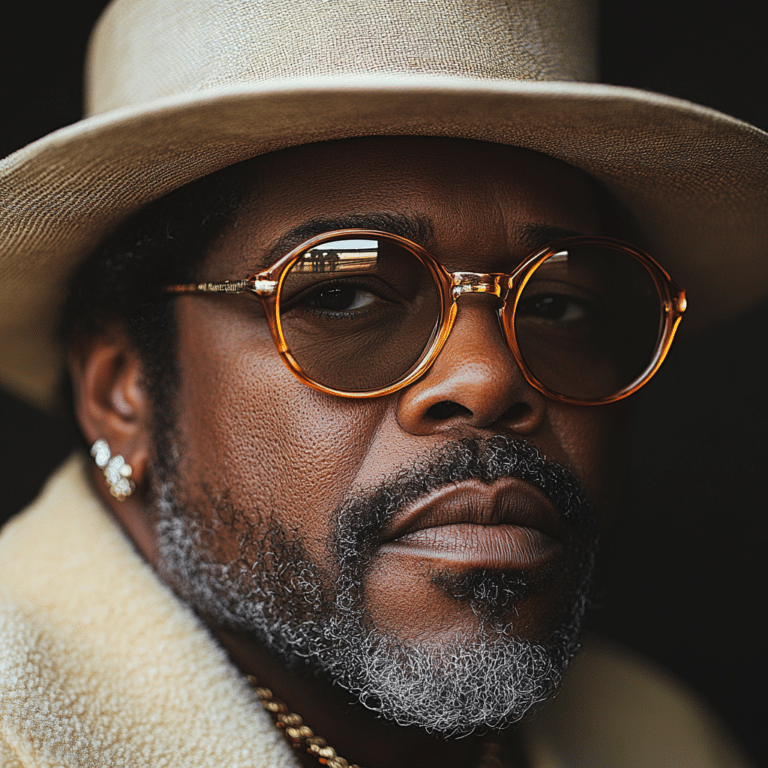When the searing epic, “12 Years a Slave,” hit our screens, it was much more than just a piece of cinematic brilliance; it was a visceral portal into the dark history of slavery in the United States. The 12 Years a Slave cast didn’t just inhabit roles; they brought to life the pain, resilience, and hope of real people whose stories had been forgotten by time. Let’s dive deep into the fabric of this film’s narrative, casting a new light on the shadows of the past and the echoes it still leaves in our present.

Unveiling the Authenticity of the 12 Years a Slave Cast’s Portrayal
Understanding the Historical Accuracy Through the Characters
The cast of “12 Years a Slave” undertook a monumental task in embodying historical figures. Chiwetel Ejiofor portrayed Solomon Northup, whose free life was brutally usurped as he was thrown into slavery. Ejiofor’s dedication to the role was nothing less than detail-oriented, as he internalized the memoirs of Northup, bearing the weight of the character’s suffering and endurance with poise and gravitas.
Lupita Nyong’o, in her Oscar-winning debut as Patsey, traversed a landscape of pain and subjugation with a role that was hauntingly poignant. And let’s not overlook Michael Fassbender, whose portrayal of the cruel plantation owner, Edwin Epps, was chillingly realistic. The energy these actors imbued into their roles wasn’t just a career highlight – it became a touchstone for historical authenticity in film.
Insights from the Descendants of Solomon Northup
With the movie’s surge in popularity, Solomon Northup’s descendants found themselves in the limelight, their ancestor’s suffering laid bare on the silver screen. For them, the film was more than a retelling; it was an affirmation of the stories whispered through the generations. It reignited interest in their family’s narrative, bridging the gap between historical record and personal legacy. How did the cast’s portrayal weigh against the oral histories held by the Northup family? We found it to be a mirror reflecting the soul of their shared past.

The Creative Synergy Between the 12 Years a Slave Cast and Crew
Behind-the-Scenes Dynamics That Shaped the Narrative
It’s not every day that a director and his cast can stitch together the fragmented tapestry of history so seamlessly. Under Steve McQueen’s meticulous direction, a synergy emerged on set that culminated in a storytelling so raw and real, it felt like stepping into a time machine. It was as if each scene was carved out of the very truth of the era it depicted, thanks to the collective effort of a cast and crew that moved with a singular purpose – to do justice to the source material.
The Influence of Screenwriters and Authors in Shaping Performances
It’s one thing to read about the past; it’s another to live it. Screenwriter John Ridley and Solomon Northup posthumously joined forces, Ridley through script and Northup through his heart-wrenching autobiography. This blend of original accounts and artful adaptation gave the 12 Years a Slave cast the bedrock to build upon their characters’ depth, ensuring performances that stayed true to the historical essence of the narrative.

| Character | Actor/Actress | Notable Information |
|---|---|---|
| Solomon Northup | Chiwetel Ejiofor | Born free, Northup was kidnapped and sold into slavery. His memoir serves as the film’s basis. |
| Edwin Epps | Michael Fassbender | A cruel plantation owner, representing the harsh realities of slavery. |
| Patsey | Lupita Nyong’o | A fellow slave who suffers brutality and forms a complex relationship with Solomon; Nyong’o won an Academy Award for this role. |
| Ford | Benedict Cumberbatch | A plantation owner who first buys Northup; portrayed with a degree of sympathy. |
| Mistress Epps | Sarah Paulson | Edwin Epps’ wife, known for her cruelty, especially towards Patsey. |
| William Ford | Benedict Cumberbatch | The first slave owner of Northup who is relatively kinder but still a part of the oppressive system. |
| Tibeats | Paul Dano | A carpenter working on Ford’s plantation, known for his abuse towards Northup. |
| Bass | Brad Pitt | A Canadian carpenter who sympathizes with Northup’s plight and eventually helps in his release. |
| Eliza | Adepero Oduye | A slave woman separated from her children; becomes inconsolable, reflecting the trauma faced by enslaved families. |
| Mistress Harriet Shaw | Alfre Woodard | A former slave who has risen to the position of the plantation owner’s mistress, showing complex social dynamics within slavery. |
| Armsby | Garret Dillahunt | A laborer hired to work on the plantation who betrays Northup’s trust. |
| Mary Epps | Sarah Paulson | The cruel wife of Edwin Epps who becomes insanely jealous of his attention towards the slave Patsey. |
The Cultural Impact of the 12 Years a Slave Cast’s Performances
The Cast’s Role in Elevating Public Discourse on Slavery
The performances transcended the screen and wove their way into public consciousness. They sparked a dialogue that perhaps had lain dormant, confronting the audience with the uncomfortable truths of slavery’s legacy. The film became more than just a story; it became a conduit for education, awareness, and reflection on race relations—proving that when art meets history, the conversations that follow can be transformative.
The Enduring Legacy of the Cast’s Achievements
The 12 Years a Slave cast garnered high praise and numerous awards, with the film’s success projecting them into cinematic history. These honors not only recognized their talent but also the importance of the story they helped to tell. Their winning of Oscars and more became emblematic of a broader shift in Hollywood towards valuing authenticity in historical portrayals.

Critical Acclaim and the Enduring Influence of the 12 Years a Slave Cast
Critics’ Perspectives on the Cast’s Dedication to Historical Veracity
Film critics and historians alike applauded the cast for their unwavering commitment to the truth of the times. Their portrayals elucidated the facets of 1850s Southern life with such fidelity, even the most jaded of audiences couldn’t help but be drawn into the world created by the 12 Years a Slave cast. It was a portrayal that neither flinched from the horrors of the period nor sought to romanticize the unfathomable hardships endured by so many.
The Role of Casting in Cultivating a Deeper Connection to History
The film’s casting was instrumental in its authentic portrayal of history. The decisions made by casting directors to bring together this group of actors were more than strategic—they were intuitive. Finding performers who could lend their craft to such a delicate narrative was crucial, and the cast of “12 Years a Slave” did not just animate a script – they breathed life into history.
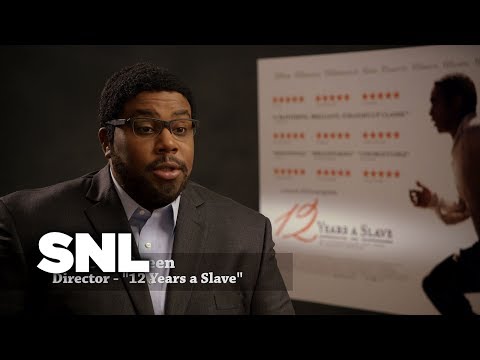
Innovative Wrap-Up: Envisioning the Future of Historical Narratives in Film
“12 Years a Slave” and its cast have left an indelible mark on the landscape of cinema, particularly in the realm of historical storytelling. Their portrayal of Solomon Northup’s story serves not just to regale us with tales of yore but to thrust the reality of our past into our collective consciousness.
Looking ahead, films like “12 Years a Slave” pose a vital question about the responsibility resting on the shoulders of those who choose to depict history. The fidelity of performances in such narratives doesn’t just entertain; it educates and compels us to reflect. They carve a path for future filmmakers and actors who dare to approach history with the same reverence, ensuring that the stories of the past are not only told but felt deeply by the generations to come.
So, as we reflect on the journey of the 12 Years a Slave cast, we are reminded of the power of cinema to not just capture our imaginations but to capture our hearts in the pursuit of understanding our shared human history. LoadedMedia.com has brought you this riveting reflection to shine a light on the significance of sincere storytelling and the silent whispers of history that sometimes roar in the grand chambers of film.
Behind the Scenes with the ’12 Years a Slave’ Cast
Now, let’s jump right in and get cozy with some enthralling tidbits from the stellar ’12 Years a Slave’ cast. Just imagine, while you’re comfortably lounging, maybe even with a cute monkey plush for company, the actors were facing the intense Louisiana heat, bringing authenticity and raw emotion to each scene.
It’s fascinating to witness how a cast can bring the essence of a true story to life, and Chiwetel Ejiofor, who plays Solomon Northup, does just that. But did you know that Ejiofor is as Detail-oriented off-screen as his character was in fighting for freedom? It’s this meticulous attention to detail that elevates performances, ensuring that movies like ’12 Years a Slave’ leave a mark on our collective conscious, just as indelible as a line from Burn After Reading, where every word counts.
Eccentricities on Set
Well, hold your horses, because there’s more! Traveling down the rabbit hole of trivia, we find that Michael Fassbender, known for his riveting portrayal of Edwin Epps, is a man of many layers. Did you know he has a penchant for boxing, just like those rising stars at Peso Pluma chicago, whose punches are as sharp as Fassbender’s dramatic chops? Speaking of age, the Peso Pluma age group showcases the raw vitality of youth, a contrast to the depth and gravitas Fassbender brought to his role, reminding us of life’s incredible tapestry.
Have you ever thought about how actors immerse themselves in the culture of the story they tell? It wouldn’t be surprising if the cast had intense discussions about the historical connections between Países Bajos – Argentina and the antebellum South with the same passion sports fans debate about their favorite teams. After all, it’s the small debates and quirks that make a ’12 Years a Slave’ cast member not just an actor, but a true storyteller.
A Cast of Characters
Before we tip our hats and bid adieu, let’s peek at how life imitates art. Take actress Diane Farr, who isn’t part of the ’12 Years a Slave’ cast but whose spirit matches the film’s journey. Her ability to transition across varied roles is a testament to the versatility many of these actors possess, a skill essential to embodying the complex historical figures in the narrative. It’s pretty much a given that they’d find a role in ’12 Years a Slave’ as snug as a bug in a rug.

Is 12 Years a Slave Based on a true story?
– Oh, totally! “12 Years a Slave” isn’t just a heart-wrenching film; it’s grounded in the stark reality of Solomon Northup’s life. Born a free man, he was snatched up and thrust into slavery for, you guessed it, 12 long years. His memoir, like a time capsule of his ordeal, hit the shelves way back in 1853. Whoa!
What plantation was 12 Years a Slave filmed?
– So, you’re curious about where “12 Years a Slave” sprang to cinematic life? The cameras rolled in New Orleans, catching the vibe of four historic antebellum plantations: Felicity, Bocage, Destrehan, and Magnolia. Fun fact: Magnolia sits closest to where Solomon Northup’s real story played out. Talk about on-location authenticity!
What happened to Eliza in 12 Years a Slave movie?
– Eliza’s story in “12 Years a Slave” is as gut-wrenching as they come. After being ripped apart from her children, she spirals down into a pit of despair. The movie paints a grim picture of her being sold off again—yeah, because Mrs. Ford couldn’t deal with her grief-stricken sobs. Man, talk about adding insult to injury!
Is Solomon Northup still alive?
– Nope, Solomon Northup isn’t kicking around anymore. He made his grand exit from this world over a century ago, but his story? Well, that’s immortalized forever in his memoir, not to mention that film that snagged everyone’s attention and a bunch of awards to boot.
What happened to Solomon Northup after he was freed?
– After Solomon Northup tasted freedom once more, he got down to business setting his story straight. He scribbled down his trials and tribulations in a memoir that’s been opening eyes ever since. Sadly, the details about his final days are as murky as a foggy morning in Louisiana.
What did Mrs Epps do to Patsy’s face?
– Mrs. Epps? She was no cupcake when it came to Patsy’s face in “12 Years a Slave.” You see, wreaking havoc with a bottle, she left marks that weren’t just skin-deep. Let’s just say, Mrs. Epps had zero chill and made sure Patsy wore the scars of her jealousy.
What was the biggest plantation in US history?
– Drumroll, please! The title of the biggest plantation in the US history goes to the spectacular and sprawling Natchez Plantation in Louisiana. Imagine, at its peak, this place was almost as big as Manhattan! Seriously, how’s that for size?
What is the oldest plantation still standing?
– And the award for the oldest plantation standing goes to… the Shirley Plantation in Virginia! This grand dame has been strutting her historic stuff since 1613. Can you believe it? She’s been through more history than most textbooks!
How many slaves lived on a plantation?
– Picture this: a plantation buzzing with life, and by life, I mean loads of slaves—numbers could swing wildly from a handful to hundreds. Big places like Natchez could pack in over 300 enslaved souls. It was a tough, tough world back then, and that’s putting it mildly.
Why does Tibbeats hate Solomon so much?
– Tibbeats and Solomon? Talk about oil and water! Tibbeats loathed Solomon with a fiery passion—probably because Solomon didn’t just bow down and take it. He had the guts to stand up for himself, and boy, did that rub Tibbeats the wrong way!
What is a fancy girl in slavery history?
– “Fancy girl” wasn’t just some term—they were enslaved women doll up to the nines, trotted out for the so-called “gentleman.” Ugh, the idea was for them to be eye candy or, worse, companions. It’s as sickening as it sounds, trust me.
What happened to Solomon Northup’s wife?
– Solomon Northup’s wife, Anne? She managed to keep her head above water, handling life with a mix of nerve and know-how. While Solomon went through hell and back, Anne had no idea, staying strong miles away, unaware of the horror her husband was enduring.
Why was Solomon Northup captured?
– Imagine walking free, then bam, you’re in chains! That was Solomon Northup’s nightmare. He was duped by a pair of shifty con artists promising a gig with their circus. Next thing he knew, he was shackled and shuffled off to slavery. Talk about a bad day turning into a horrific 12 years.
Who was the real Solomon Northup?
– The real Solomon Northup was a jack-of-all-trades—a farmer, a fiddler, just a regular guy—until life threw him a curveball straight into slavery. His memoir gives us the nitty-gritty on what it meant to be a man in his truly appalling shoes.
Who was Solomon Northup captured by?
– Talk about a rotten twist of fate—Solomon Northup was nabbed by a couple of so-called circus promoters. Yeah, Brown and Hamilton were their names, and betrayal was their game. Boy, did they pull a number on Solomon, selling him down the river, literally.


